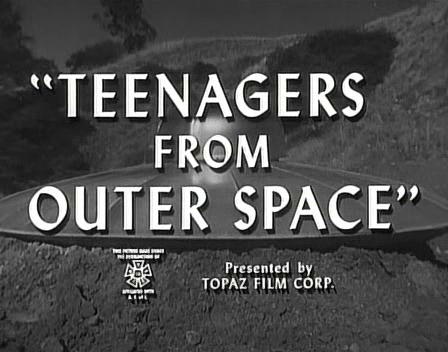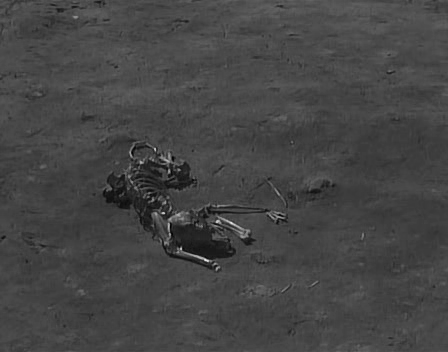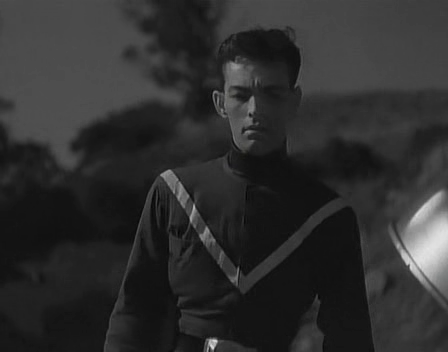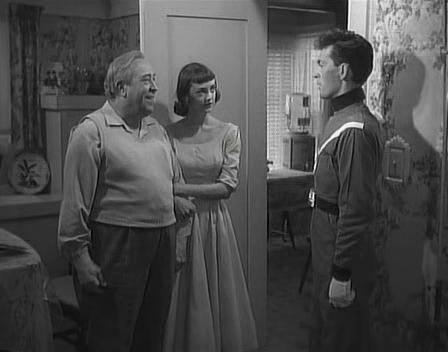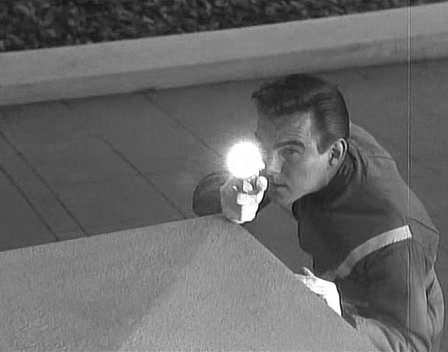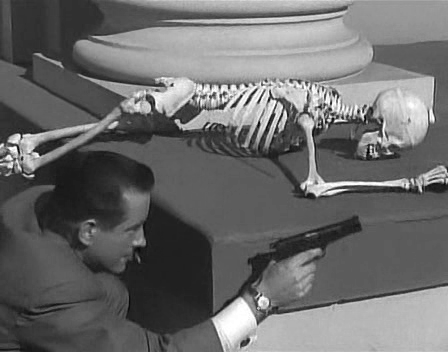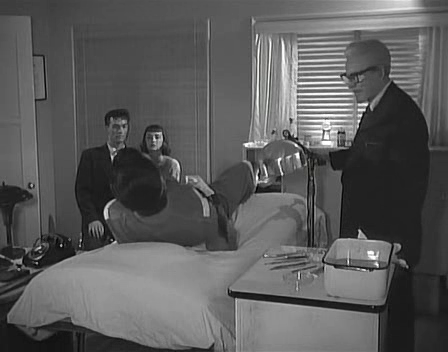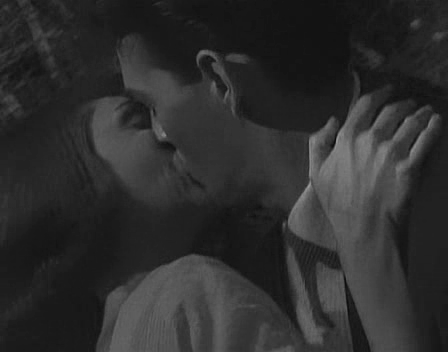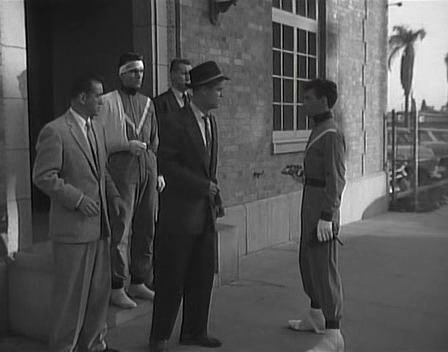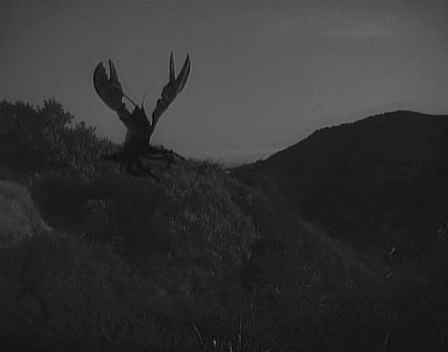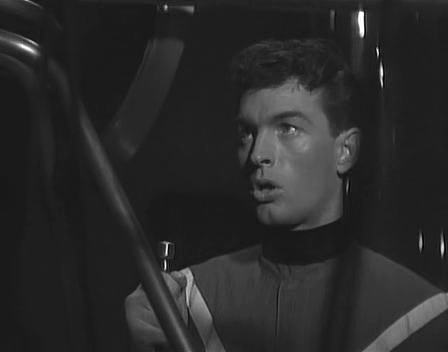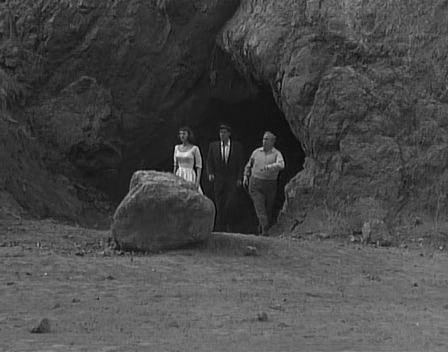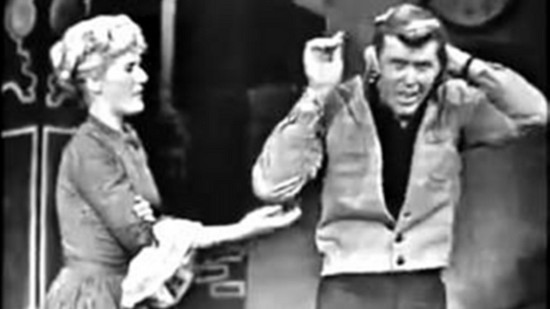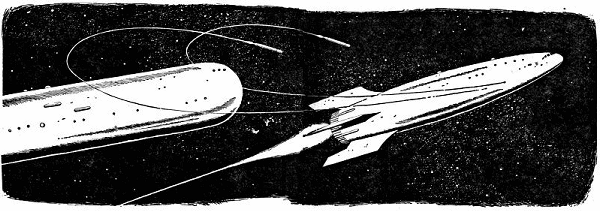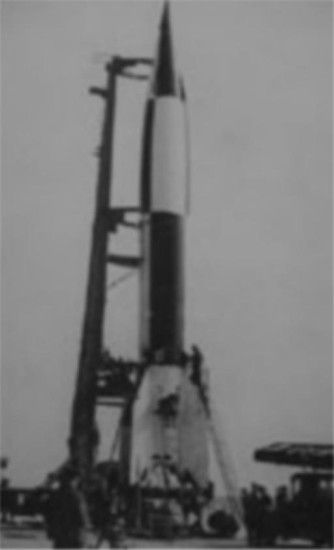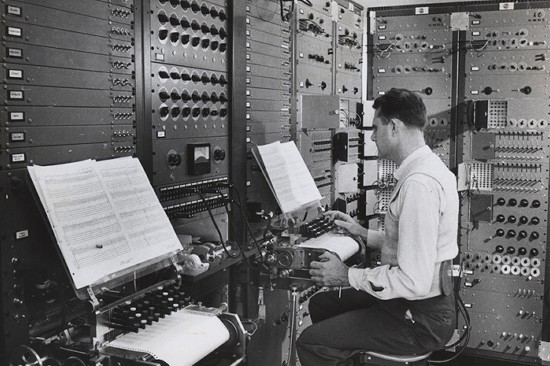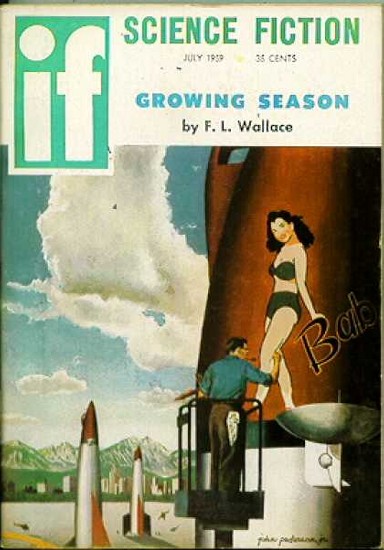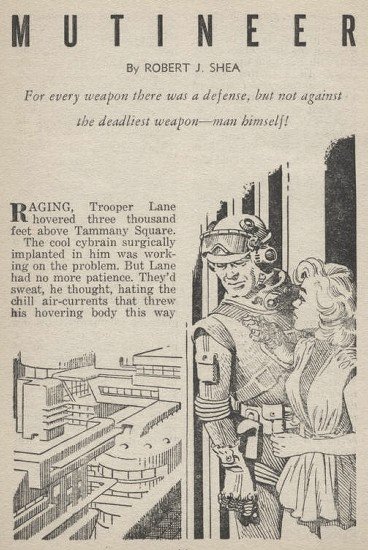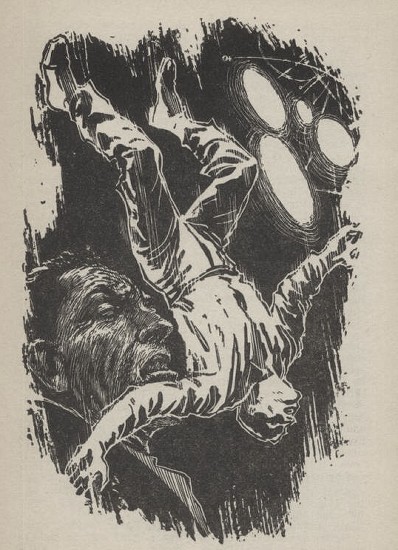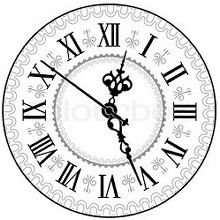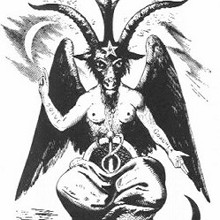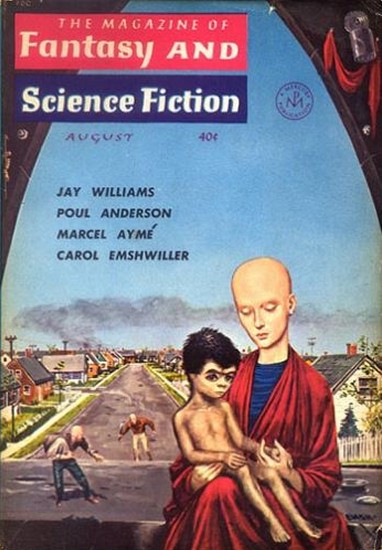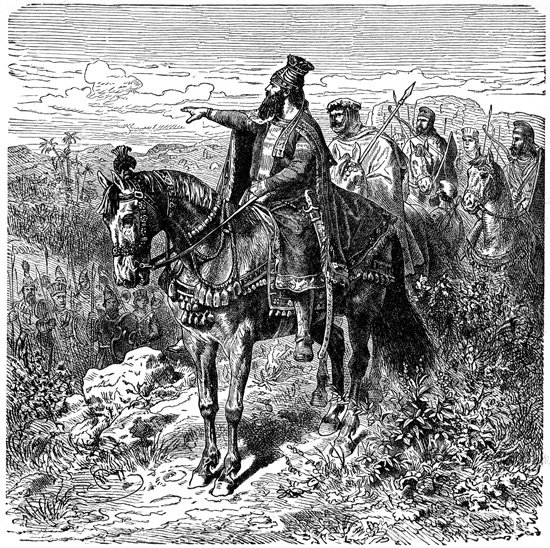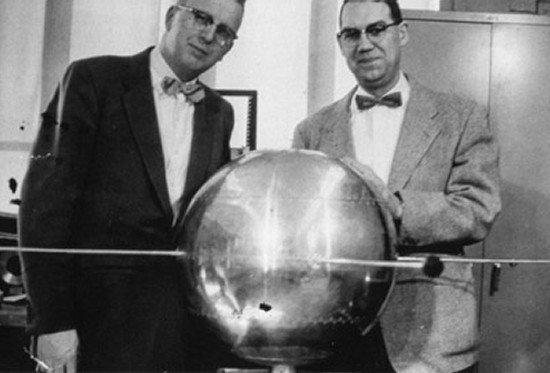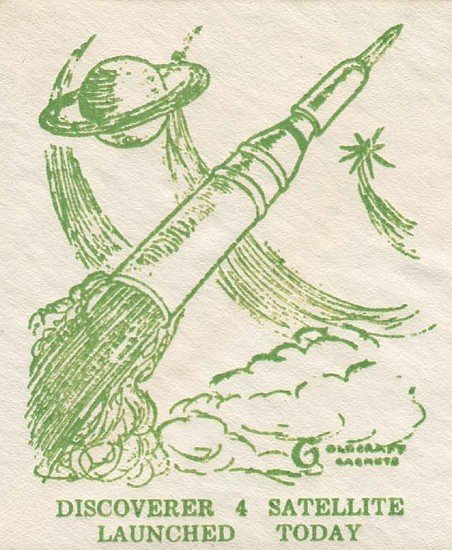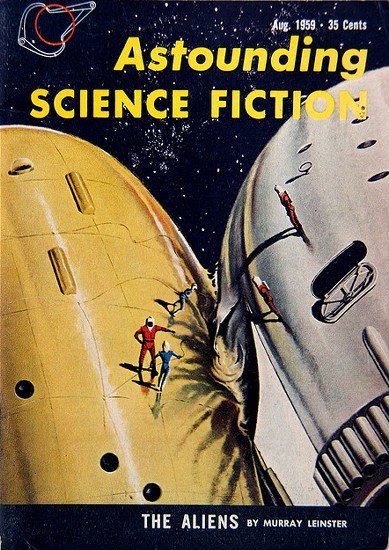
All right, all right. There is no putting off at least an initial review of this month’s Astounding. Actually, I’m more than half done, but I covered The Aliens earlier, so there was much reading to do to have anything of substance to report.
Randall Garrett’s Dead Giveaway literally put me to sleep several times before I was able to finish it. The premise isn’t so bad, though it is quite hoary: humanity finds a long lost alien civilization whose technologies seem to dovetail perfectly with our own. A bunch of eggheads (male, white, of course) determine that the abandoned city is actually a gift designed to give us a leg up. It is also a test—do we have the ability, as a species, to accept the help?
This is discussed in one of the more ludicrous paragraphs ever written by Randy (and there is much competition):
Scholar Duckworth said: "It takes a great deal of humility—a real feeling of honest humility—to admit that one is actually inferior to someone—or something—else. Most people don't have it—they rebel because they can't admit their inferiority."
"Like the examples of the North American Amerindian tribes." Turnbull said. "They hadn't reached the state of civilization that the Aztecs or Incas had. They were incapable of allowing themselves to be beaten and enslaved—they refused to allow themselves to learn. They fought the white man to the last ditch—and look where they ended up."
"Precisely," said Duckworth. "While the Mexicans and Peruvians today are a functioning part of civilization—because they could and did learn."
"I'd just as soon the human race didn't go the way of the Amerindians," Turnbull said.
I’m reasonably certain that this is not how history went in the Americas. If I’m not mistaken, the native Mexicans and Peruvians were devastated and supplanted by an imported European aristocracy. Sure, they didn’t end up on reservations, but it is also disingenuous to suggest that they gratefully accepted European wisdom and, as a result, are better off than their impoverished North American counterparts (who had the temerity to, you know, fight for their lives).
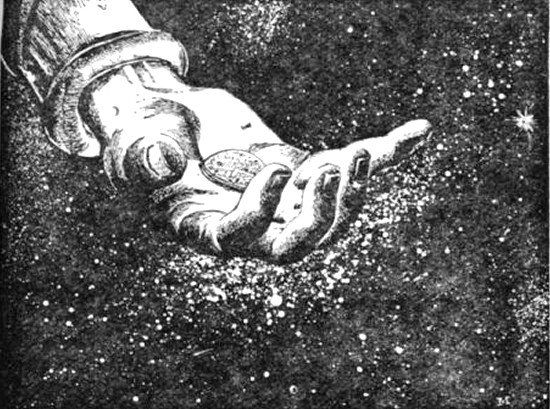
I was going to give this story two stars, but upon reflection, I think it belongs at the bottom of the ash heap. Which is too bad, because it is sandwiched between two quite good tales.
Which brings us to The Outsiders, the second of the Rim stories by A. Bertram Chandler. It is a direct sequel to To Run The Rim, about the adventures of a pack of oddball space traders on the edge of the galaxy. And it’s well worth reading. In the last tale, Calvert and his band of misfits saved an interstellar liner and secured a tidy reward. In The Outsiders, the crew buys its own ship and attempts operation as an independent concern. I was happy to see that the ship’s complement is half-female by the end, all of them competent, hardened spacers.
Of course, for Calvert the dreamer, a hardscrabble life of tramp spacing isn’t enough. Instead, he wants to chase legends of alien ghost ships floating Outside in the vast emptiness of intergalactic space. Following a hot lead, he and his crew ultimately find what they’re looking for…
But we won’t know the resolution of this tale until the next story. Or perhaps the one after that. I strongly suspect there will be a book compilation of these stories when all is said and done, and it will be worth buying. A strong, four-star story. It only misses five stars for being so clearly a bridging piece.
Next time: the rest of the magazine and a review of the Analytical Laboratory!

(Confused? Click here for an explanation as to what's really going on)
This entry was originally posted at Dreamwidth, where it has comments. Please comment here or there.

